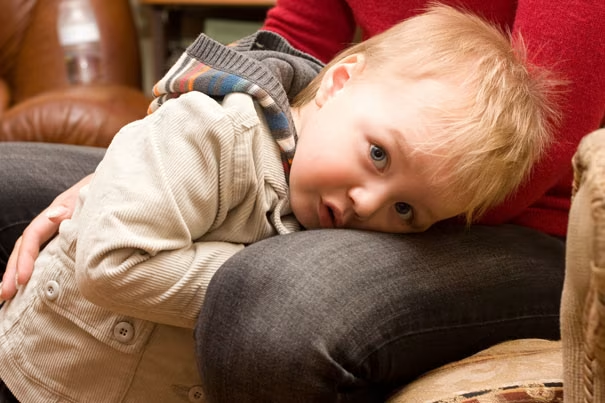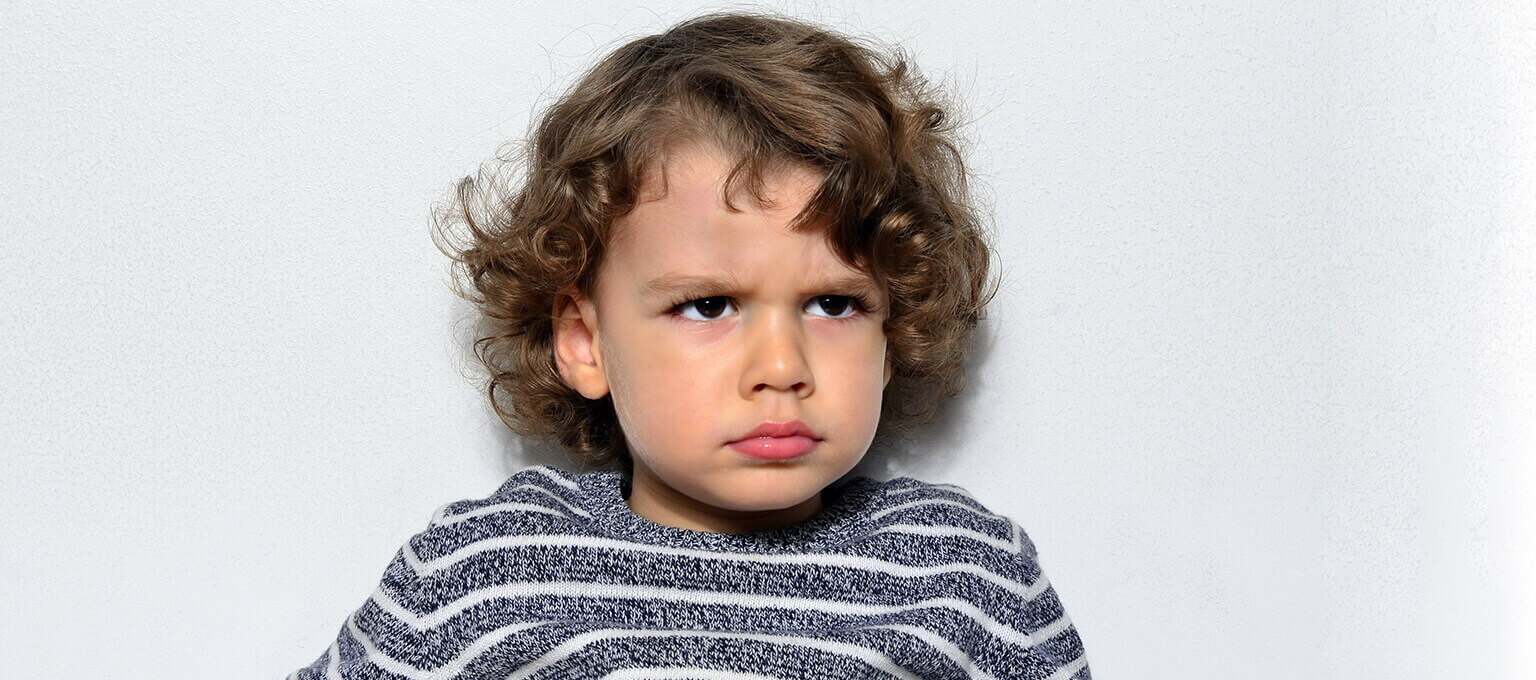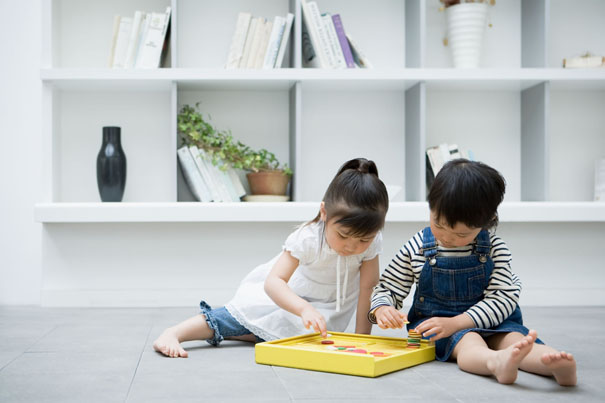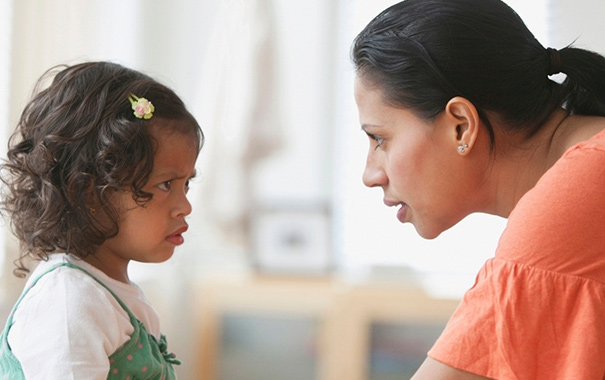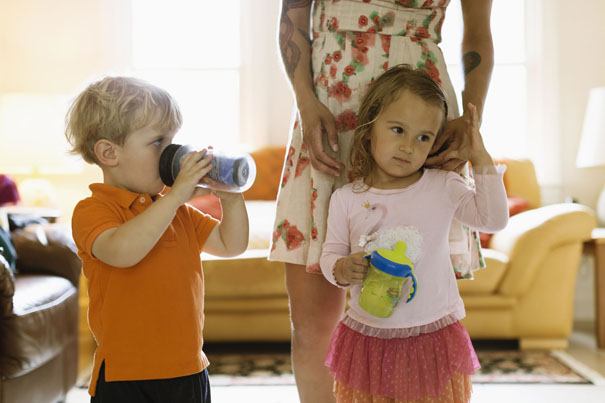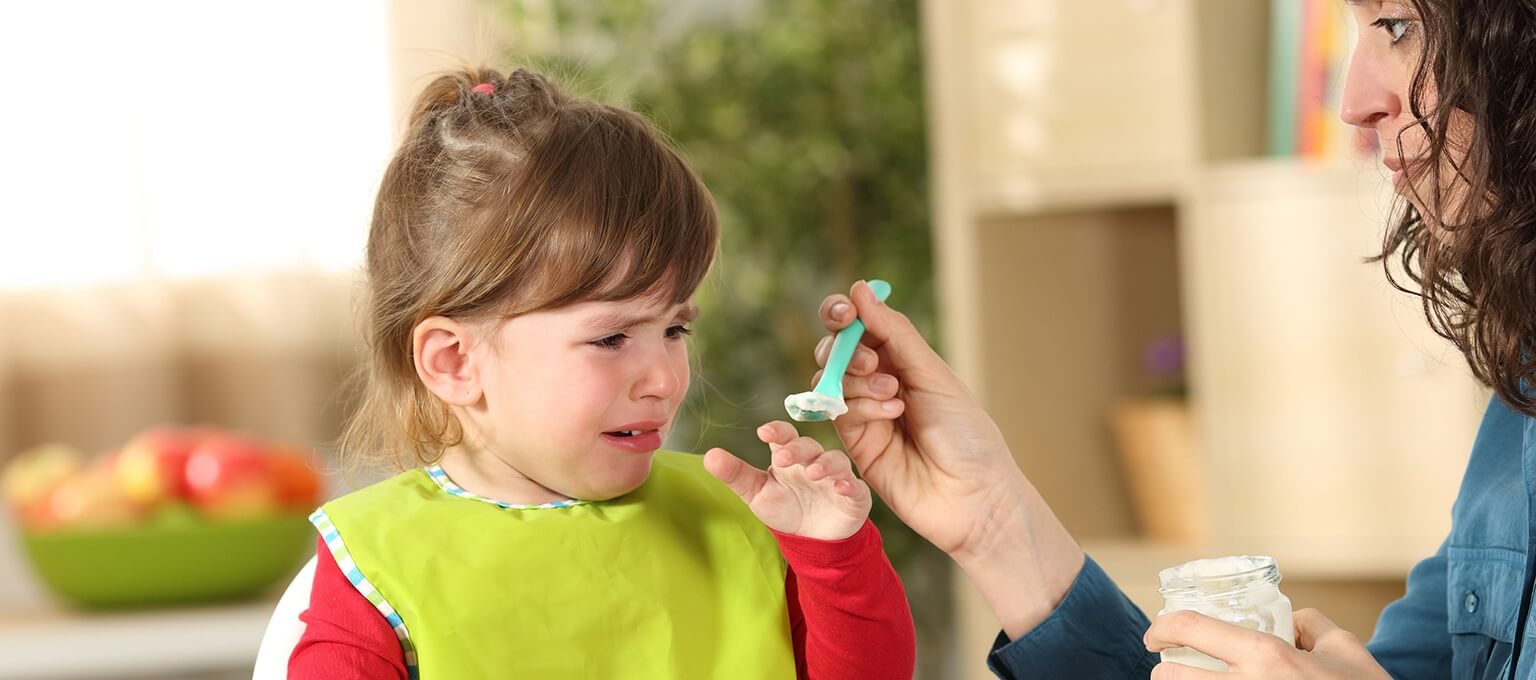Key Takeaways
Shyness is common and often rooted in temperament or temporary life changes—most children grow more comfortable socially with time and support.
It’s usually not a concern unless it causes lasting distress or prevents social development—watch for signs of broader anxiety.
Support your child gently. Don’t label them as “shy,” and avoid teasing or pressure to socialize quickly.
Practice social situations at home and introduce group settings gradually. Start with calm, one-on-one playdates.
Help build confidence by giving your child chances to lead, such as playing with a younger child or making small decisions.
The 3-year-old boy hides his face in his mother's skirt when he's introduced to new neighbors. The 4-year-old girl blushes and opens her mouth wordlessly when a new preschool teacher asks her name. We all can feel the pain of these shy children. Most of us have been shy at one time or another. What exactly causes shyness? How can we help a child overcome these feelings?
Causes of Shyness
Researchers have found two apparent pathways to shyness. The first is biological. About one in five children seems to be born with a biological predisposition toward timidity. From the time they're toddlers – and sometimes even earlier – these children are uncomfortable with new people and new environments. Shy children tend to be finicky eaters who avoid trying new foods and who are reluctant to take on new challenges.
Half the toddlers who show this pattern are still shy when they're 6 years old; a quarter are still shy as adolescents and are likely to remain somewhat shy their entire lives. For them, shyness seems to be a matter of temperament or inborn predisposition.
The other pathway to shyness is situational. For these children, shyness is a temporary reaction to stress. A parent's illness, a move to a new home or a change in childcare can trigger shyness in a toddler or preschooler – even in an older child. Shyness usually disappears as soon as the underlying situation is resolved or the child becomes more comfortable.
Helping the Shy Child
Usually shyness is nothing to worry about unless it's part of a cluster of fears that cause repeated emotional distress or social problems for your child. Even so, shy children can benefit from a variety of things that help improve their self-confidence and social skills. Here are some suggestions:
Be supportive. Remember that when dealing with a shy child your attitude should be one of gentle and supportive encouragement rather than pushing. Shy children are easily emotionally overwhelmed. Demanding too much too soon will make your child more anxious rather than less so.
Avoid labels. Try not to say things like "Sarah's just shy" when she behaves that way – especially not in front of Sarah, who may come to believe that her behavior is a trait and not a temporary state. Toddlers and preschoolers also may interpret that label as a legitimate excuse for getting out of uncomfortable social situations. Instead, say something like "Sarah has trouble meeting new people, but she's working on it."
No teasing. Don't tease your child about her shyness. This will simply embarrass her and make the problem worse.
Practice. Rehearse stressful social activities at home. For some preschoolers, the combination of new people, new surroundings, and new activities is overwhelming. If, for example, your child is uncomfortable singing a song with other children in preschool, help him practice doing it with you at home. That practice will help make singing at school less frightening and more fun.
Going slowly. Try not to overwhelm your child with too much company or too much stimulation. Shy children are often more comfortable playing with one friend at a time instead of with a group of friends. Don't force him into large group activities.
Being the leader. Encourage a shy child to play occasionally with another child who's a year or two younger. This puts the shy child into a leadership position, which is something she seldom feels with peers. It also may give him more confidence when she plays with children his own age.
